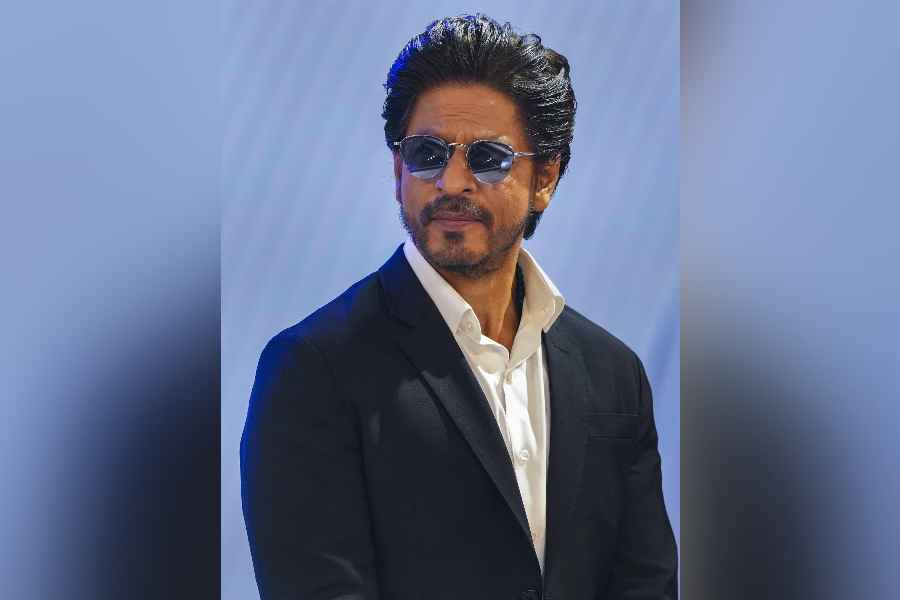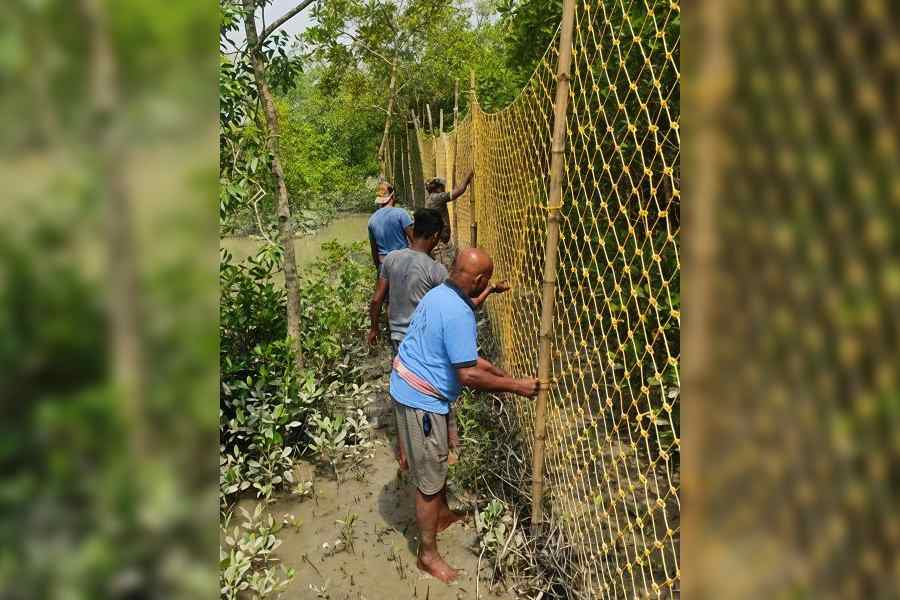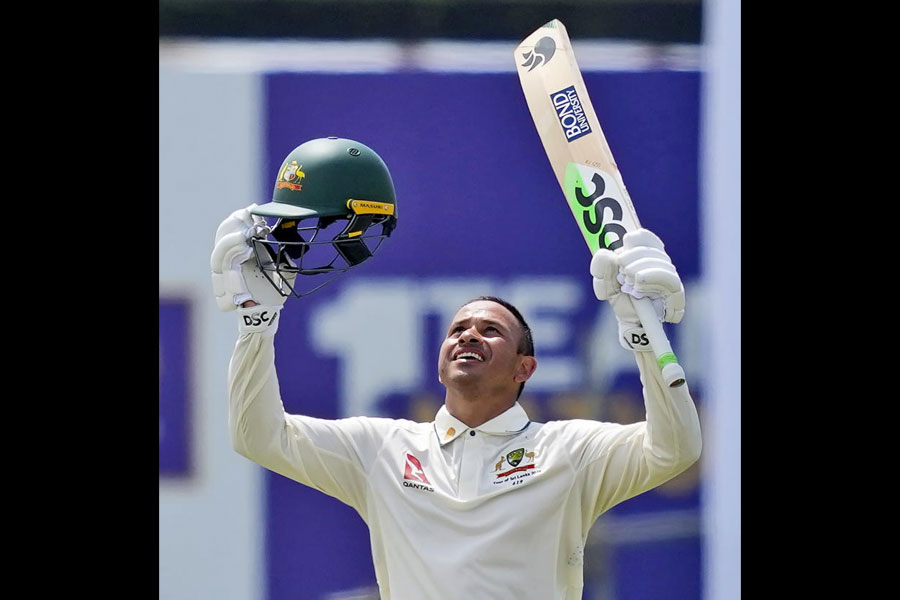One of the significant agreements on the sidelines of the G-20 summit is the India-Middle East-Europe Economic Corridor, which is seen as a rival to China’s Belt and Road initiative and is expected to provide an alternative route for shipments to Europe.
The plan will benefit the Adani group, which has already paid $1.2 billion and gained control of Haifa port in Israel. The West Asian (Middle East) corridor consists of two separate corridors: the east corridor will link the Indian port of Mundra on the west coast to Fujairah port and then transport goods through standardised containers to the Israeli port of Haifa using the railroad via Saudi Arabia and Jordan.
The west corridor will be from Haifa, from where the Indian goods will reach various ports of Europe such as Marseille in France and other ports in Italy and Greece. While some analysts raised the question of the cost-effectiveness of goods shipment through the sea-rail corridor, exporters said it would benefit certain kinds of goods.
The IMEC will include a railway network designed to offer reliable and cost-effective cross-border ship-to-rail transportation, complementing existing maritime and road routes.
The corridor will feature the installation of infrastructure for electricity and digital connectivity, as well as pipelines for clean hydrogen export. This will not only secure regional supply chains but also improve trade accessibility and facilitate trade operations.
Ajay Srivastava, co-founder of think tank Global Trade Research Initiative (GTRI), said: “The project will include a railway line, electricity and internet cables, and a pipeline for Green Hydrogen exports from India to Europe. We are at the MOU stage now, and it will be interesting to see the cost details. At a rough estimate, the cost of laying intercontinental railway lines and electricity cables will exceed a trillion dollars. The Green Hydrogen part of the project is not workable. Green Hydrogen is 4-5 times more expensive than standard fuels, and technology needs to be established to transport it efficiently beyond a few hundred kilometres.”
Manish Agarwal, head of Infrastructure, PwC and co-founder of AskhowIndia.org said “I haven’t seen any calculations on why Ship+Rail will be more economical (time and cost wise) than going to a European port through the Suez Canal. Saudi Arabia wants to diversify away from Oil, attract manufacturing that can provide low-cost land and energy, and wants to become a major maritime hub (including for trans-shipment). But I don't see how India exports fit into this story.”
He said “Saudi wants to develop massive solar parks. So, they will able to develop Green Hydrogen themselves, instead of being an intermediate in India’s exports, if at all green hydrogen becomes viable, when combined with long-distance transport.”
The corridor will be used for the transit of goods and services between India, the UAE, Saudi Arabia, Jordan, Israel, and Europe. According to the MoU, the stakeholders of the corridor intend to enable the laying of cable for electricity and digital connectivity, as well as a pipeline for clean hydrogen export along the railway route.
The corridor will secure regional supply chains, increase trade accessibility, improve trade facilitation, and support an increased emphasis on environmental social, and government impacts. The corridor is also a strategic response to China’s Belt and Road Initiative (BRI), which has expanded China’s influence across Asia, Africa, and Europe.
Also, the other significant aspect of this pact is the inclusion of Israel, a nation that has historically faced tensions with many Arab countries. With Israel as a party to the IMEC, it signals a monumental shift in Middle Eastern dynamics. The corridor will connect Israel with its Arab neighbours, promoting economic cooperation and fostering a more interconnected Middle East.
“The IMEC initiative will not only offset the effects of BRI by establishing a direct link with some of its major trading partners, IMEC goes beyond logistics connectivity. The corridor is much more than just a railway or cable. It is a green and digital bridge across continents. The project aims to build a “reliable and cost-effective” cross-border ship-to-rail transit network. This will facilitate the transit of goods between India, the UAE, Saudi Arabia, Jordan, Israel, and Europe and significantly bring down the trade costs,” Ajay Sahai, Director General and CEO of the apex body of Indian export promotion organisations Federation of Indian Export Organizations (FIEO), said.











